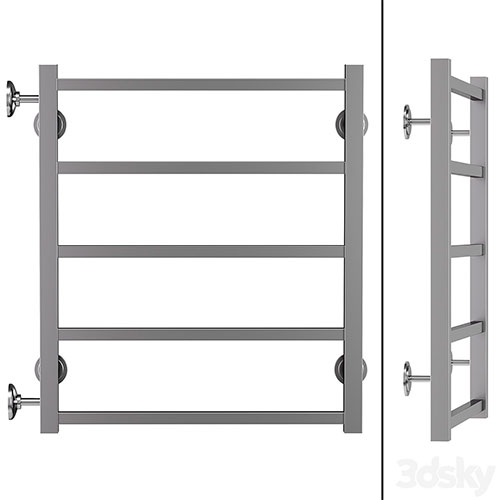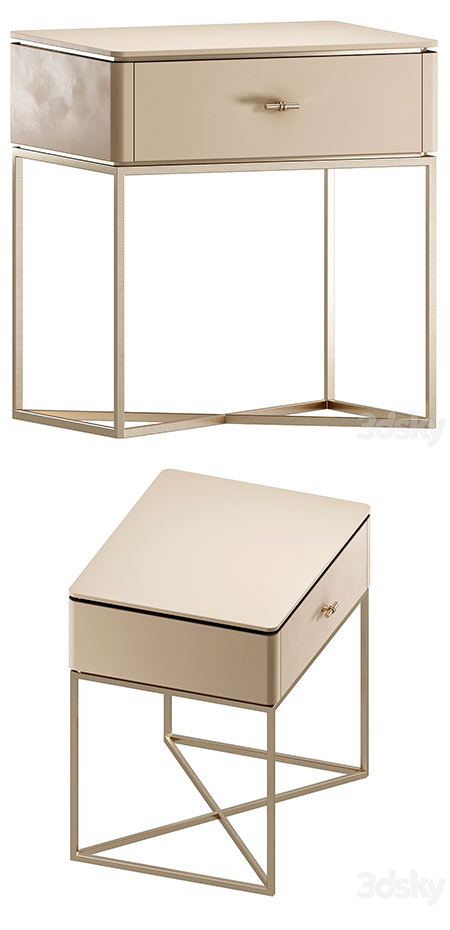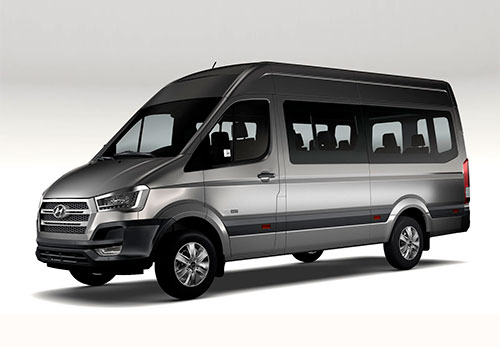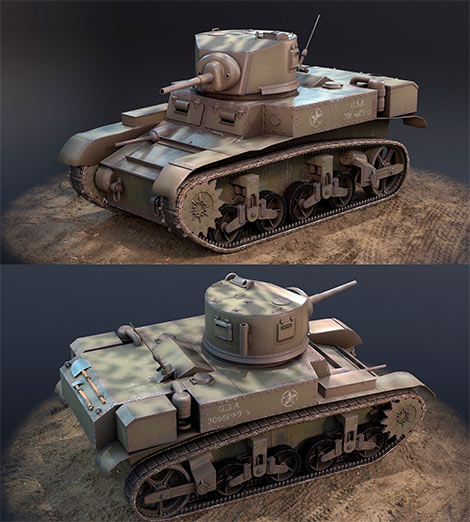
Water heated towel rail Terminus Vega 60x60 (Vega P5 500600 (500)) chrome 4043588 - 3D Model
MAX MTL OBJ | 3.98 MB
|

Banquette Lit Gigogne Bed 3070941 - 3D Model
MAX MTL OBJ | 247 MB
|

Benuta Naturals Wool Rug Beads Set 05 4051916 - 3D Model
MAX MTL OBJ | 670 MB
|

Bedside Table Badiko 4117940 - 3D Model
MAX MTL OBJ | 21.9 MB
|

Classical front window with a French balcony. Classical forged fence. Frame window 4759274 - 3D Model
MAX MTL OBJ | 108 MB
|

Market Products 4120536 - 3D Model
FBX MAX | 22.9 MB
|

Hyundai H350 Passenger Van 2014 - 3D Model
FBX MAX MTL OBJ | 179 MB
|

M3 Stuart game ready model KeOZQG - 3D Model
FBX MAX MTL OBJ | 19.4 MB
|

Mini Bar Beverage Table 3518053 - 3D Model
MAX MTL OBJ | 283 MB
|

Set of elements of urban style 2205611 - 3D Model
MAX OBJ | 61.6 MB
|
« 1 2 ... 87 88 89 90 91 ... 230 231 » |
3D модели - это цифровые представления трехмерных объектов, используемые в самых разных сферах, от киноиндустрии и видеоигр до архитектуры и медицины. Создаются они при помощи специализированного программного обеспечения, позволяющего формировать геометрию объекта, настраивать его текстуру, материалы и освещение. Разнообразие техник моделирования, таких как полигональное моделирование, NURBS-моделирование и скульптуринг, позволяет адаптировать процесс создания модели под конкретные задачи и желаемый уровень детализации.
Возможности использования 3D моделей практически безграничны. В кино и играх они оживляют персонажей, создают впечатляющие визуальные эффекты и формируют целые миры. В архитектуре 3D модели позволяют визуализировать проекты зданий и сооружений, оценивать их функциональность и эстетику еще до начала строительства. В медицине они используются для планирования операций, создания протезов и обучения студентов-медиков.












